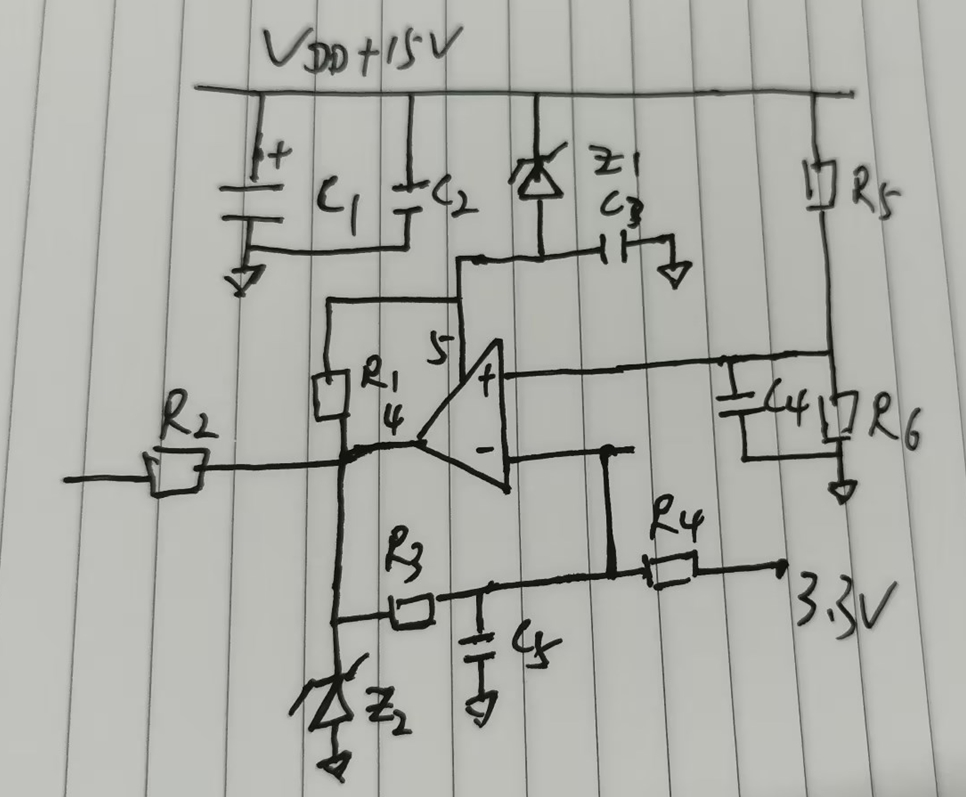Other Parts Discussed in Thread: , LM2903-N
hi teams:
1.For TI part with MPN TL331KDBVR, we encountered 100% ICT test failure, all failed material Device Marking is TIKG, after performed the material swap validation, the failure symptom follows TI device. We swapped the old Device Marking T1K8 and retested, the failure symptom has been solved, we want to know any difference between TIKG and T1K8 ? any PCN?
2.TIKG(Device Marking )
As shown in the following figure, the customer can also solve the problem by replacing R1 from 10K to 47K,
I want to know which parameter of TL331KDBVR will be affected by changing R1.
参数如下:
C1:100uF C2:100nF C3:100nF C4: 10nF C5:10nF
R1: 10K R2: 10R R3:1M R4: 10K R5:100K R6:31K
Z1 and Z2 are 3.3V voltage regulators
The difference in output capacitance, output impedance, and driving current between T1KG and T1K8 chips (measured value)


